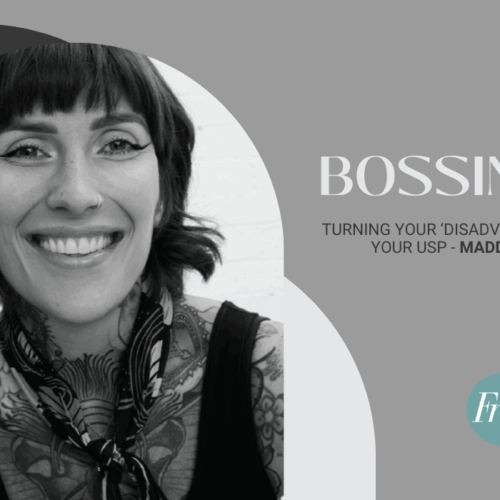you reach your financial goals, your skill level is also worth paying for. Whilst it can be difficult to assess where your skill level is in comparison to the rest of the market or your peers, try not to be put off. I like to call this ‘talent tax’.
At the end of the day, I’m a big believer that you’ll get back from the world what you have the courage to ask for. There are (and will always be!) cheaper stylists and more expensive ones. People at the beginning of their career will usually always cost less than people who have 10-15 years’ experience – this is normal for any industry.
Ultimately, to find your wage, you should start with knowing how much you NEED to earn. From there, you can have a goal to aim for that incorporates your ‘talent tax’. Be intentional about your goal, your life, your vision and your business. This is how the money will come.
Stop winging it and start calculating it!
For previous instalments, click here





